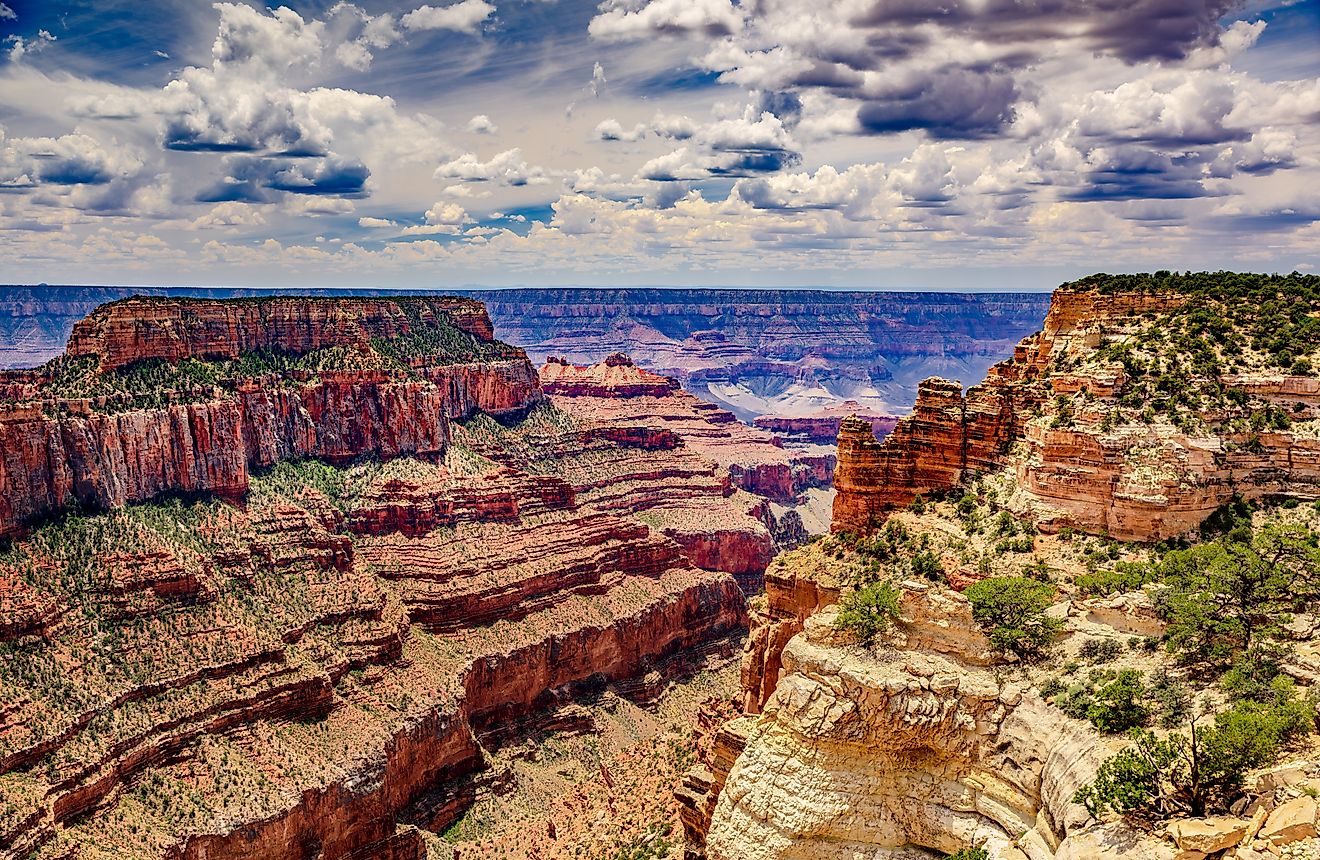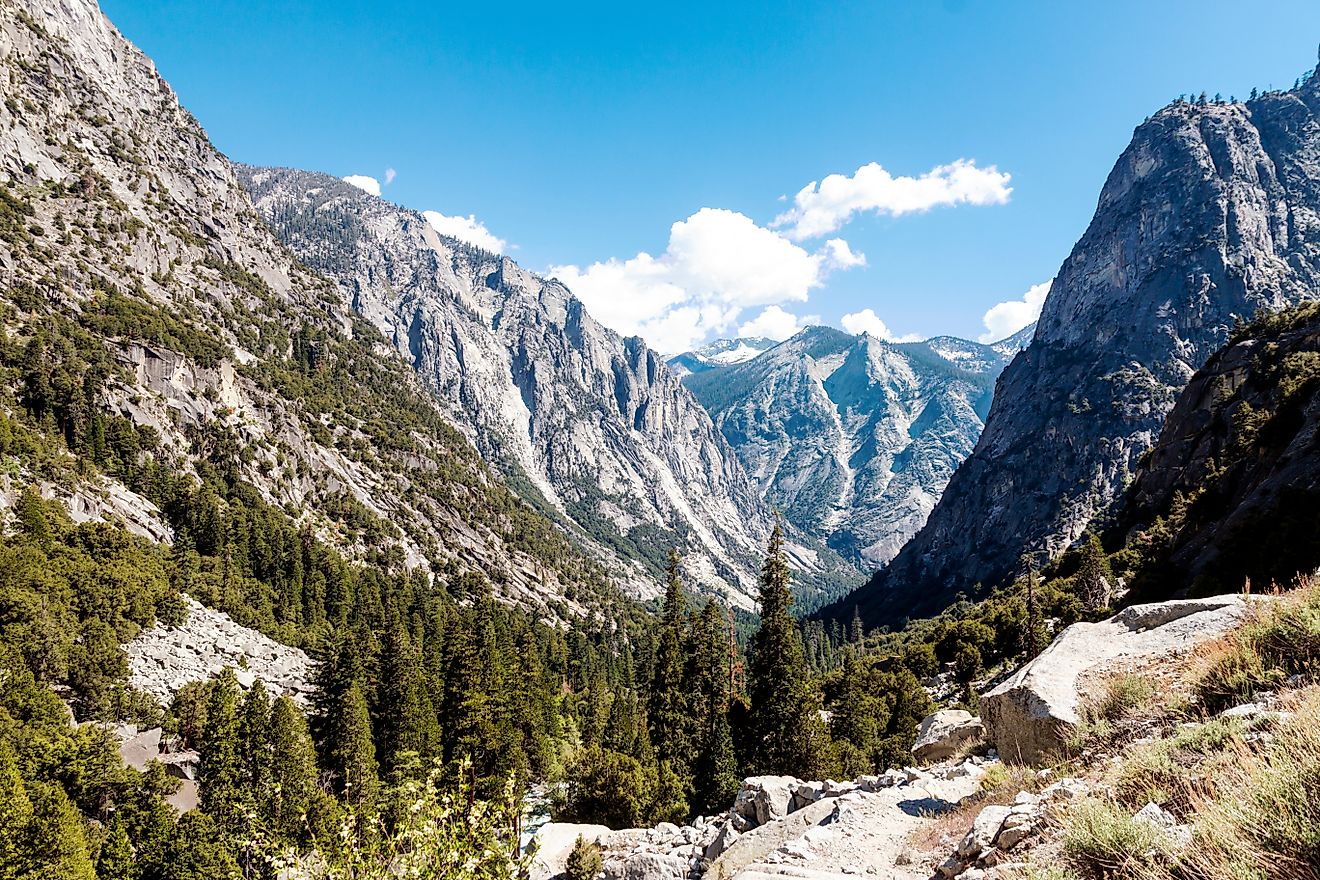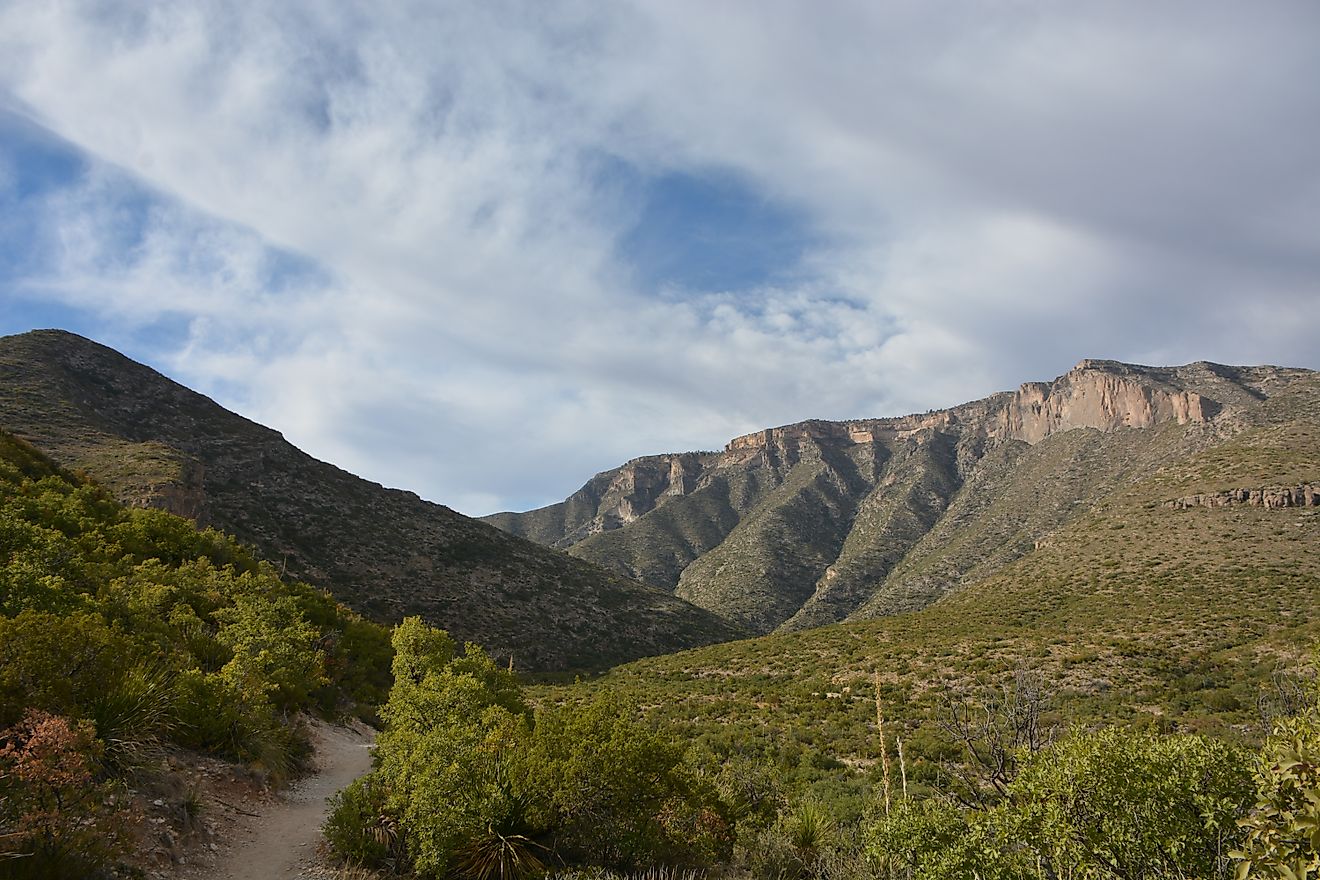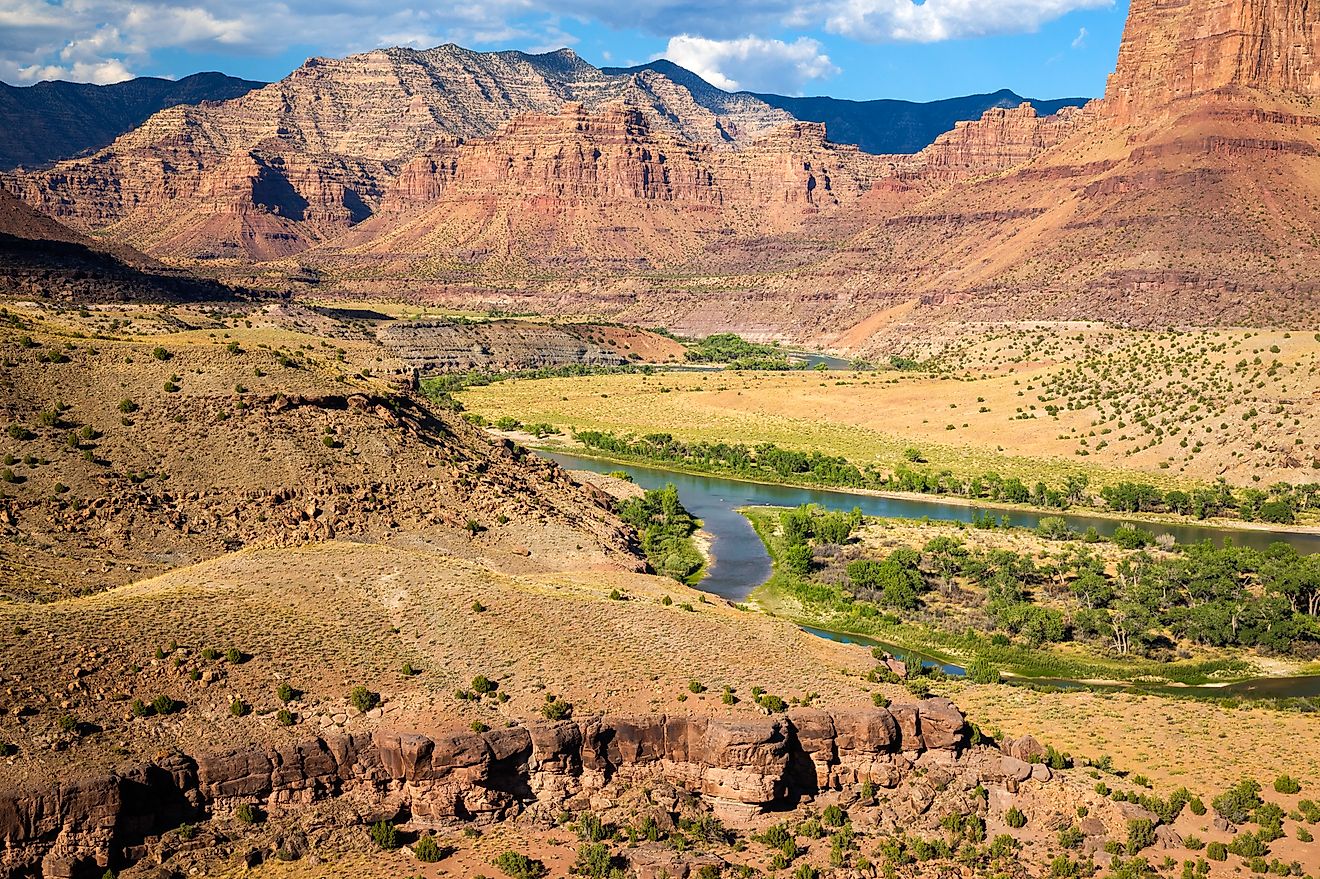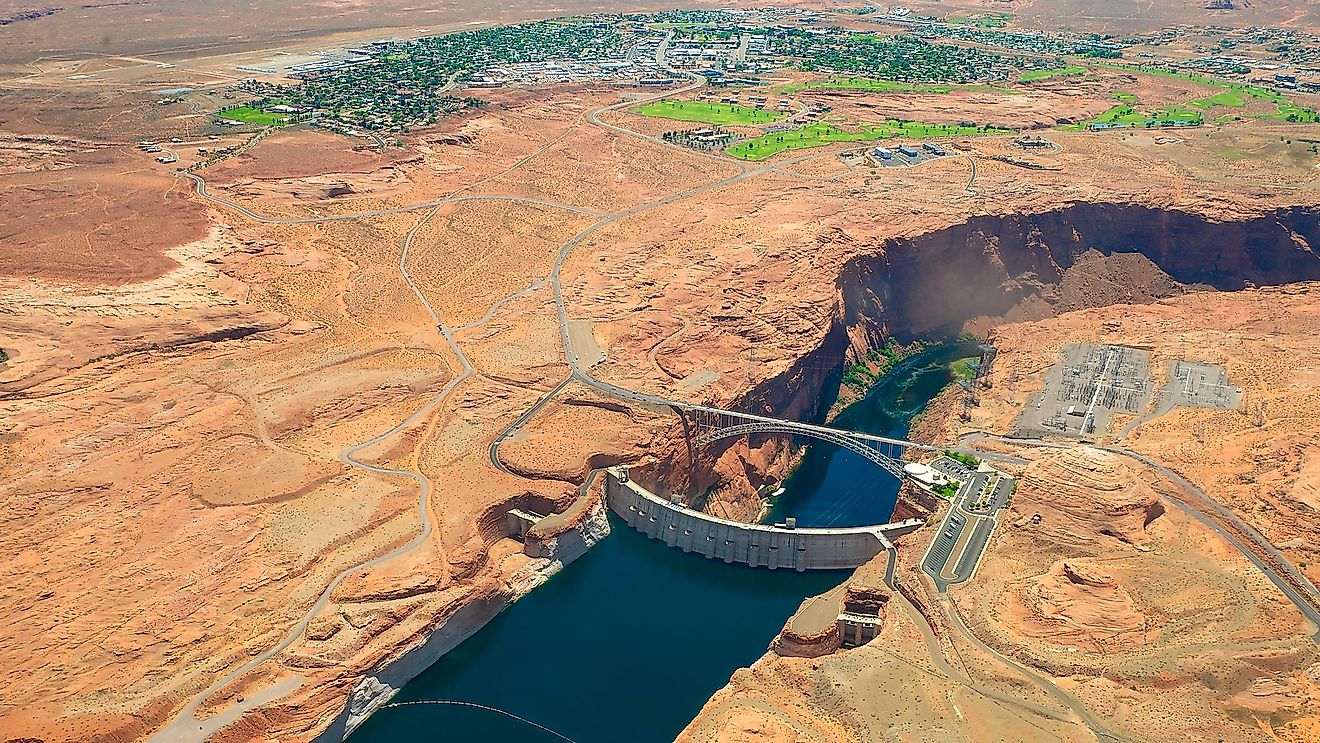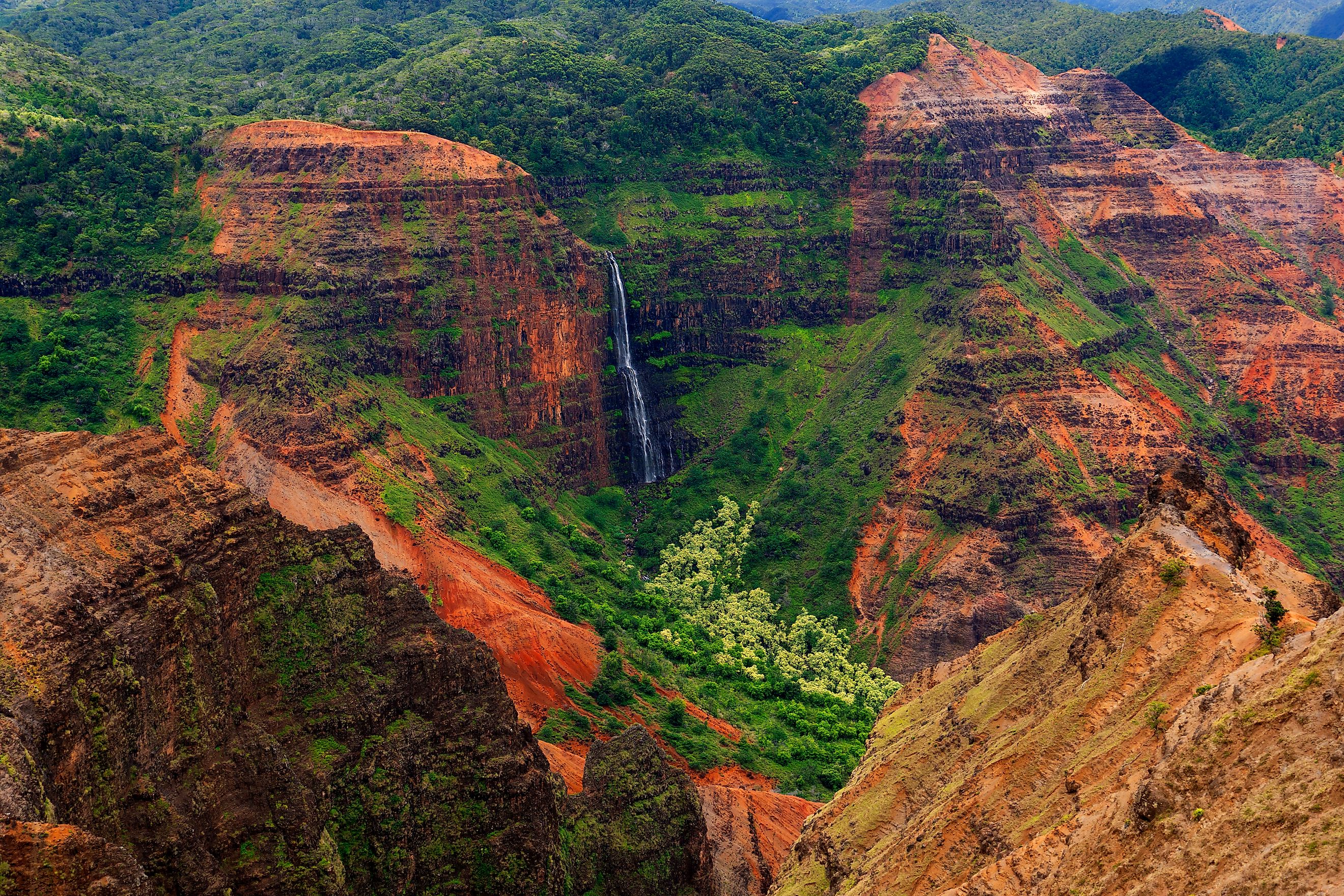
Waimea Canyon
Located on the western side of Kaua‘i, Waimea Canyon is one of Hawaii’s most extraordinary natural wonders. Known as the “Grand Canyon of the Pacific,” this vibrant, geological marvel spans 10 miles in length, stretches about a mile across at its widest point, and plunges to depths of up to 3,500 feet. With its layered cliffs painted in deep reds, lush greens, and weathered browns, Waimea Canyon showcases a rugged beauty unlike anywhere else in the Hawaiian Islands.
A Canyon Born from Fire and Water
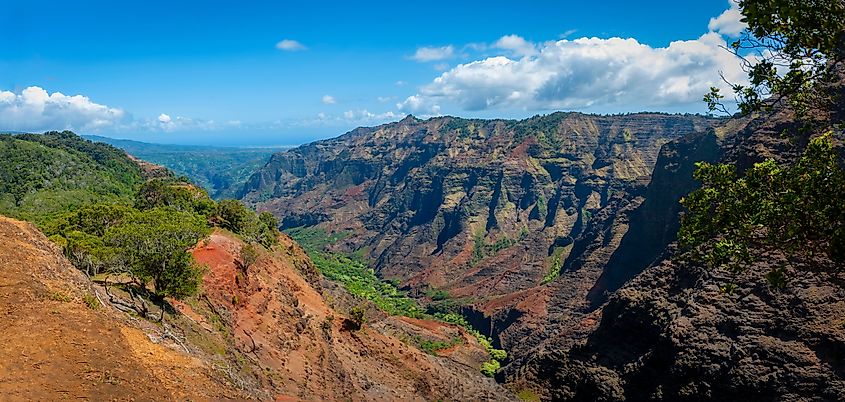
Waimea Canyon’s dramatic landscape is the product of both violent geological events and the steady, patient hand of erosion. Millions of years ago, Kaua‘i formed as a massive shield volcano rising from the ocean floor. Around 4 million years ago, while volcanic activity was still reshaping the island, a significant portion of the western region collapsed in a catastrophic event. This collapse left behind a depression that later filled with successive lava flows.
The steady erosion caused by heavy rainfall from Mount Waiʻaleʻale—one of the wettest places on Earth—sculpted the canyon we see today. The Waimea River, which runs along the base of the gorge, gradually cut through the basalt and sediment layers, carving out deep valleys and ridges over time.
Adding to its name’s significance, “Waimea” means “reddish water” in Hawaiian, referring to the river’s rich red color caused by the eroded soil that washes down from the canyon walls.
A Geologic Mosaic

From a scientific perspective, Waimea Canyon is a rare geological showcase. The exposed rock faces reveal ancient layers of lava flows—some dating back nearly 5 million years. The west side of the canyon is composed of thin, west-tilting lava sheets known as the Napali Member. In contrast, the eastern side consists of thicker, more horizontally layered lava deposits from the Olokele and Makaweli Members.
These two sides are divided by a massive fault line, marking the boundary where part of the island dropped in the historic collapse. The result is a sharply contrasting canyon that provides a physical record of both volcanic and tectonic processes—one that captivates both geologists and sightseers.
Exploring Waimea Canyon State Park
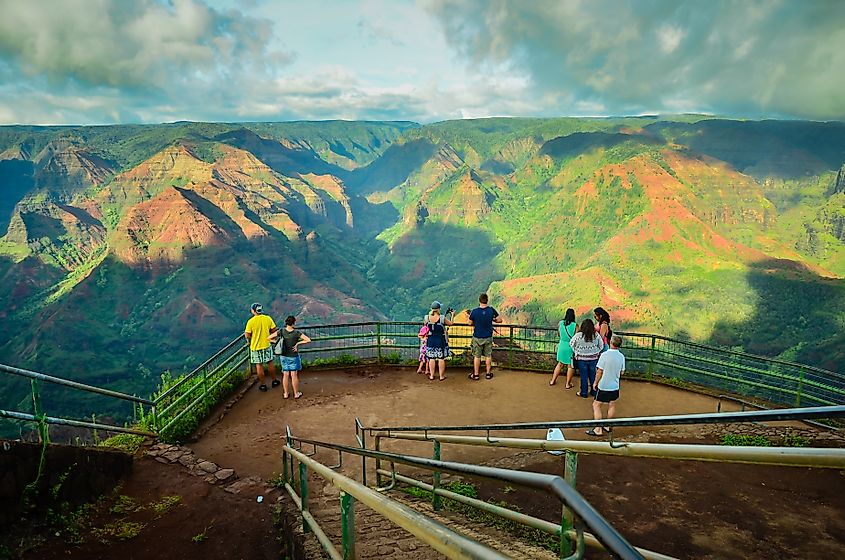
Waimea Canyon is part of Waimea Canyon State Park, which spans approximately 1,866 acres. The park is easily accessible by car via Hawai‘i State Road 550, an 18-mile scenic drive that ascends from the small town of Waimea and winds through the island’s uplands. Along the way, visitors can stop at several lookouts to take in sweeping views of the canyon and even spot the nearby island of Niʻihau on a clear day.
The Waimea Canyon Lookout, located about halfway up the drive, is one of the most popular stops. From this vantage point, you can see deep into the heart of the canyon, observe waterfalls cascading down sheer cliffs, and take in the vivid color palette that shifts dramatically with the light of day.
Entry to Waimea Canyon State Park is not free for non-residents. The fee is $5 per person and $10 per vehicle, with the park open daily from sunrise to sunset.
Hiking and Outdoor Activities
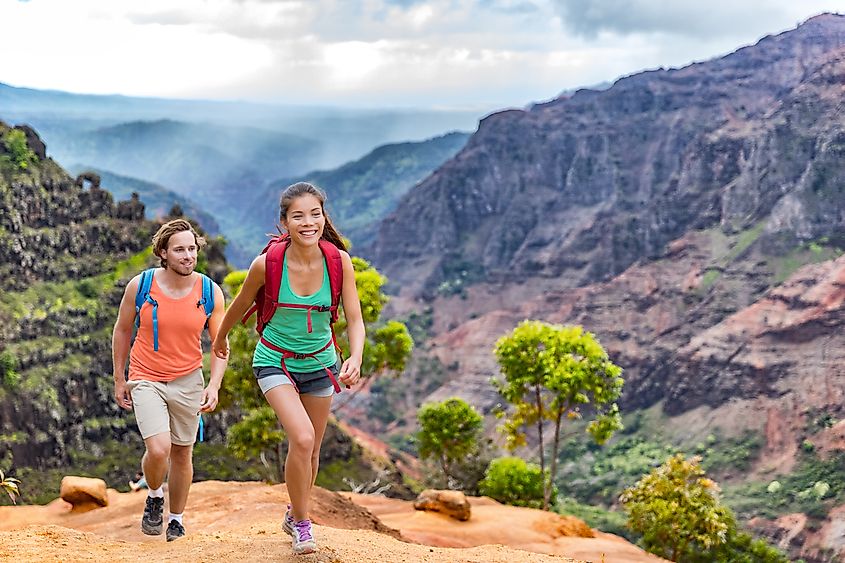
Waimea Canyon offers a variety of hiking trails that cater to all levels of fitness and experience. Whether you're looking for a quick walk to a viewpoint or a challenging backcountry trek, there's a trail for you.
Popular hikes include:
-
Cliff Trail and Canyon Trail to Waipo‘o Falls: A moderate 3.6-mile round-trip hike that offers panoramic views and ends at the top of the 800-foot Waipo‘o Falls.
-
Iliau Nature Loop: A short, family-friendly loop trail that provides educational signs about the local flora and a great view of the canyon.
-
Kukui Trail: This strenuous trail descends over 2,000 feet into the canyon, offering a more immersive experience for seasoned hikers.
For many, the best way to experience the canyon is on foot—walking through the forested ridges and dry, sun-soaked cliffs allows for a deeper connection to Kaua‘i’s wild interior.
A Photographer’s Dream
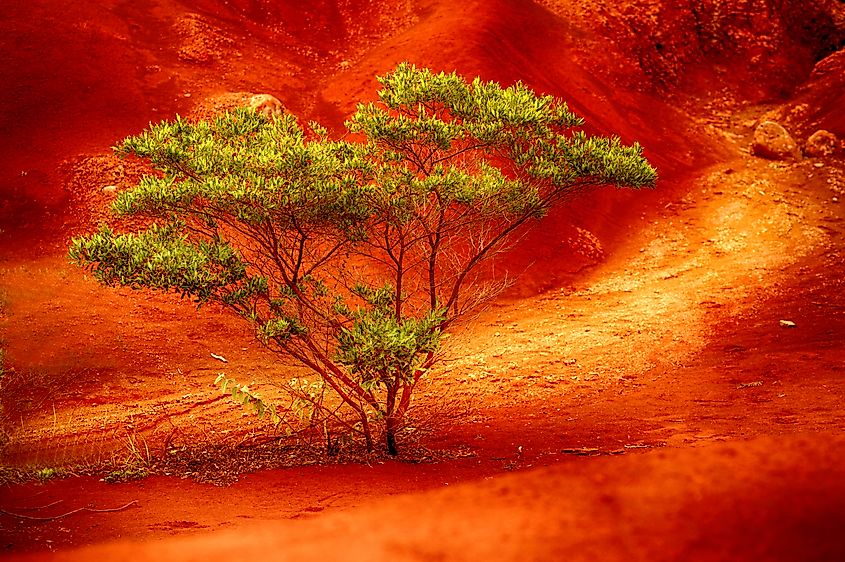
The colors of Waimea Canyon are a feast for the eyes and the lens. Layers of iron-rich basalt give the canyon walls their deep red and orange hues, while pockets of vegetation paint it with greens and golds. Early morning and late afternoon are the best times for photography, as the angle of the sun enhances the textures and shadows across the canyon’s many ridges and crevices.
It’s not uncommon for visitors to find themselves stopping at nearly every turnout to snap photos. Many travelers also opt for a doors-off helicopter tour for a jaw-dropping bird’s-eye view of the canyon and surrounding terrain, including the dramatic Napali Coast.
Pair Your Visit with Kōke‘e State Park

Just past Waimea Canyon State Park lies Kōke‘e State Park, which expands your adventure with higher elevations, cooler temperatures, and additional hiking opportunities. The park is home to native forest habitats and several trails that offer views of Kalalau Valley—one of the most breathtaking sights on the entire island.
Combining a visit to both parks in one day is a popular option, especially for travelers staying on the south or west side of Kaua‘i.
Planning Your Adventure

How to Get There: From Līhu‘e, Kaua‘i’s main town and airport, Waimea Canyon is about a 1.5-hour drive. Take Highway 50 west to Waimea, then turn right onto Highway 550.
Fees:
-
$5 per person for non-residents
-
$10 per vehicle for parking
Best Time to Visit: Dry season (April to October) offers the most reliable weather. Mornings typically provide the clearest views before clouds and rain roll in during the afternoon.
What to Bring:
-
Plenty of water and snacks
-
A camera or smartphone
-
Hiking shoes if you plan to hit the trails
-
Sunscreen and layers (temperatures can change quickly with elevation)
Frequently Asked Questions

Where is Waimea Canyon located?
Waimea Canyon is on the west side of Kaua‘i, accessible from the town of Waimea via Highway 550.
How much does it cost to visit?
Non-residents must pay $5 per person and $10 per vehicle for parking.
Is there hiking at Waimea Canyon?
Yes, several trails of varying difficulty are available, including the Canyon Trail to Waipo‘o Falls.
What’s the best time to visit?
Morning hours during the dry season (April–October) are ideal for clear views and pleasant weather.
